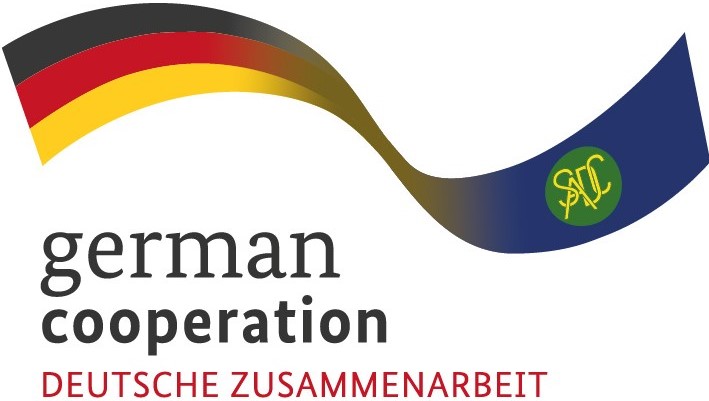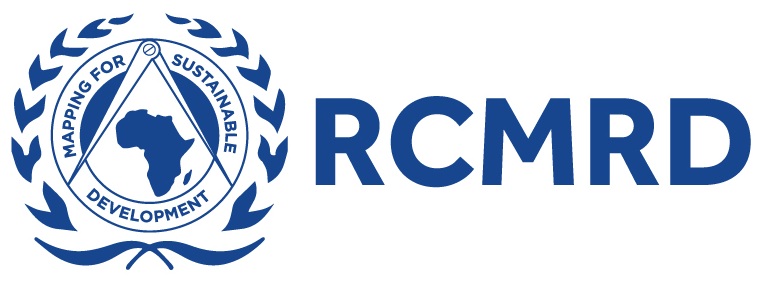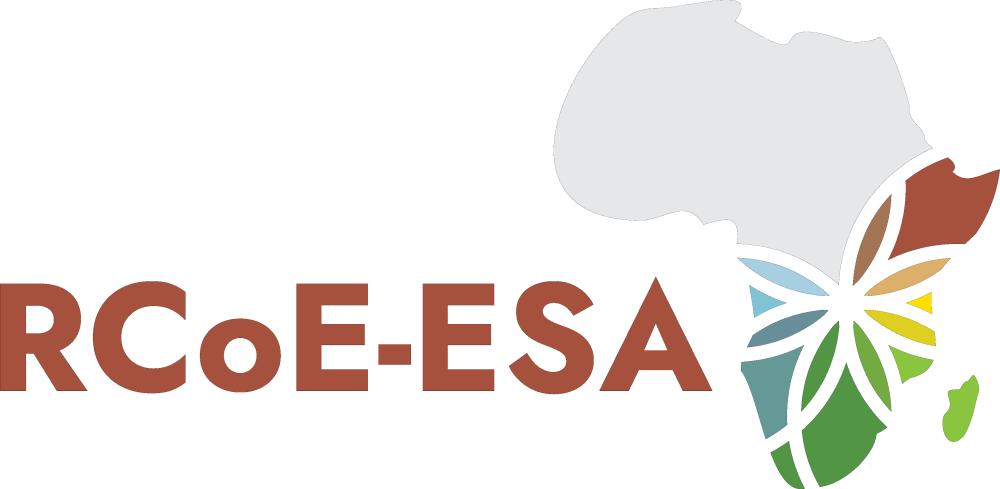 Translate
Translate
Resources
A STANDARDISED PROTOCOL FOR ROADKILL DETECTION AND THE DETERMINANTS OF ROADKILL IN THE GREATER MAPUNGUBWE TRANSFRONTEIR CONSERVATION AREA, LIMPOPO PROVINCE, SOUTH AFRICA
| Author: | Wendy Collinson |
| Language: | |
| Topic: | Conservation |
| Type: | Research |
| Last updated: | 15 May 2025 |
MSC Thesis 2013 Despite evidence suggesting that road traffic is a major threat to biodiversity loss, very little is known about its actual impact on wildlife populations in South Africa. Globally, road density and traffic volumes are increasing, and although huge budgets are devoted to the construction and upgrading of roads, there is little or no allocation to mitigation measures for protecting fauna in most countries, particularly Africa. Further, no global standardised protocol exists for the rapid assessment of roadkill or the most economical and efficient approach for assessing roadkill rates.
Using vehicle field trials, the reliability of detecting artificially deployed roadkill was assessed. Roadkill detection rates decreased significantly at speeds >50 km/h and were also significantly influenced by light conditions (i.e. detection success was greater when the sun was high) and the position of the roadkill on the road (i.e. smaller roadkill on verges were often missed). These results suggest that roadkill sampling was most effective between 1.5 h ours after dawn and 1.5 hours before dusk and that driving at slower speeds (<50 km.h-1) was required to detect roadkill.
This protocol was implemented across three ecological seasons on a 100 km paved road and a 20 km unpaved road in the Greater Mapungubwe Transfrontier Conservation Area, Limpopo Province, South Africa. Driven daily over a 120-day period (three periods consisting each of 40 days), a total of 1,027 roadkill were recorded. These comprised 162 species from all terrestrial vertebrate groups with birds being the most commonly encountered roadkill (50% of all incidents). The high numbers of vertebrates identified as roadkill suggests that road traffic could have potentially unsustainable impacts on wildlife populations and hence the biodiversity of the area.










